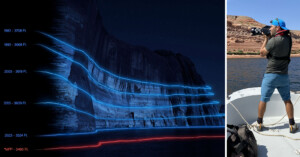
Highlighting the Water Crisis Through Photography
Commercial photographer Andrei Duman aims to highlight the effects of climate change through a new personal project, Lake Powell: A 40-Year Visual Story of Water Crisis.

Commercial photographer Andrei Duman aims to highlight the effects of climate change through a new personal project, Lake Powell: A 40-Year Visual Story of Water Crisis.

A group of analog photographers in Boston has looked at the impact film has on the environment and explored ways to make it more sustainable.

Ami Vitale started as a photo editor for the Associated Press in 1993. She then quit her job to be a photographer/foreign correspondent in the Czech Republic in 1997. Today, she is a well-known conservationist championing the cause of endangered wildlife and the environment with her own photography and that of others.
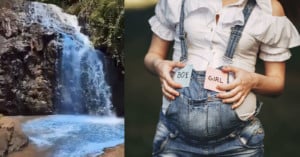
A Brazilian couple who dyed a waterfall blue for a gender reveal party is under investigation by the country's environmental authorities.

Researchers at Dalhousie University have examined the environmental impact of masks and disposable gloves on animals that proliferated during the COVID-19 pandemic.
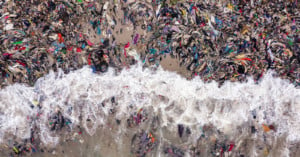
Photographer Muntaka Chasant has documented thousands of washed-up clothes on a beach in Africa, laying bare the environmental impact of fast fashion.
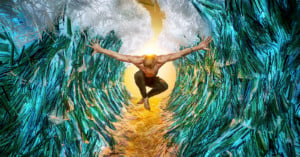
Photographer, artist, and activist Benjamin Von Wong believes that the fear of irrelevancy in the social media age can actually be a fuel that empowers photographers to become more creative and impactful -- the same way Wong has experienced as much in his career.
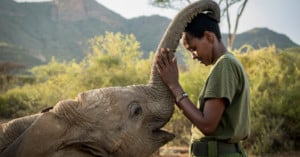
National Geographic photographer Ami Vitale has been working in Kenya, documenting how a local elephant sanctuary sought alternative ways to feed orphaned or abandoned elephants after experiencing the global supply chain disruption due to the COVID-19 pandemic.
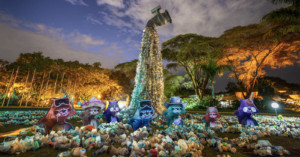
This is the story of how a single photograph and an irreverent NFT community became the international emblems of the United Nations global plastic treaty.
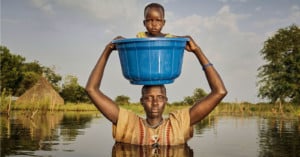
Peter Caton has photographed the devastating flooding in South Sudan in North Africa over three trips spanning more than a year. There, families are found walking through crocodile-infested waters to find plants such as wild water lilies to eat as their crops have been destroyed by three years of floods.
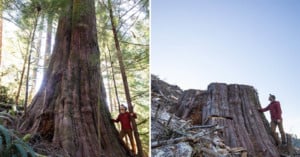
Canadian conservation photographer TJ Watt has been using his camera to protect endangered old-growth trees from logging. His powerful before-and-after photos aim to show the devastation of ancient forests that is left in the wake of clearcut logging.
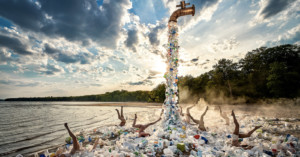
Photographer Benjamin Von Wong -- known for tackling environmental issues in his photographic work -- has released his latest project that raises the discussion of plastic pollution in a creative and collaborative way.
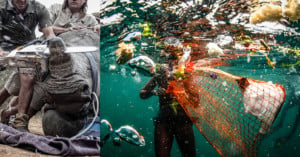
Last week, The Chartered Institution of Water and Environmental Management (CIWEM) revealed the winners of this year's Environmental Photographer of the Year awards, highlighting images that turn an unblinking eye on man's impact on the environment in ways both subtle and direct.
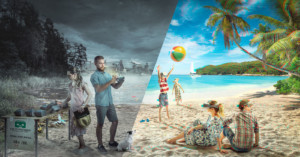
I’m not an environmental activist. I’m more or less a regular dude who hates taking out biowaste, still drives a diesel because it's cheaper, and recycles plastic because my wife tells me to. I enjoy our Finnish lake views, clean air, and peaceful sunsets, but rarely thought about losing them... until recently.
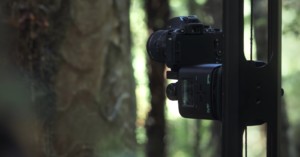
If a tree could write its own Requiem, its own death song, what would it sound like? It seems like an absurd question, but the folks at camera gear manufacturer Syrp collaborated on a strange, beautiful ecological shoot that revealed the answer.
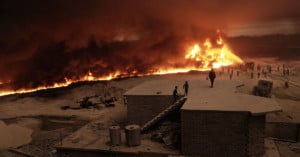
When world-renowned photographer Joey L. reached out to PetaPixel about his latest project, I didn't expect to see photos of burning oil wells. But that, alongside some powerful portraits, is exactly what was waiting for me.
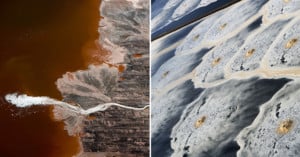
There's an environmental cost behind every facial tissue, electronic gadget, and pork chop you purchase—a cost that might horrify you if you could actually see it. Thanks to the powerful work of photographer and environmentalist J Henry Fair, now you can.
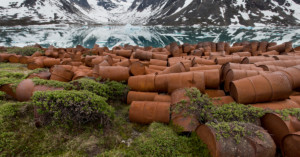
The Inuits in the region call them "American Flowers," but in reality they're old, rusted, leaking fuel containers; ten thousand of them scattered across the otherwise-pristine Greenland landscape on what used to be an Air Force base during World War II.

Environmental portraits typically portray a person in their natural environment. Different from traditional portraits shot in a studio, locational portraits capture the character of the subject and give insight into their daily life making for a more personal image, generally telling some kind of story about who the subject is.
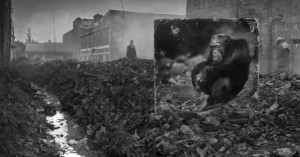
To highlight human destruction of animal habitats in East Africa, photographer Nick Brandt shot giant panoramas of life-size animal prints in their former habitats. The project is titled Inherit the Dust.

Photography is one of the most powerful ways that ecological messages are transmitted. Photo series of landfills show us the issues we need to address, while beautiful landscape photography shows us what we should strive to preserve. But a UK company called Co2ncience is going a step further.

The 38-foot-high Gold Ray Dam had spanned Oregon's Rogue River for 106 years by the time Jackson County decided enough was enough. A defunct hydroelectric facility that hadn't been operational since the early 70s, it was one of the last fish barriers still up along the Rogue River. In other words: it had to go.
In the spirit of documenting the experience, the folks at HDRinc decided to employ time-lapse photography to capture the process of methodically tearing down the dam from start to finish.
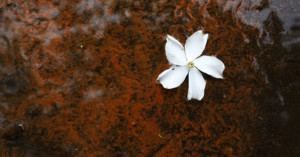
In April of this year, I travelled to the Indonesian capital of Jakarta for the first time. I was excited to visit this new city and start to photograph in one of the world’s most underreported emerging economies. I had read stories about the city’s challenges with water and flooding, which is why I wanted to photograph there and continue my work on environmental issues in developing nations. I wasn’t prepared for the shocking scenes that I was to witness in my time in the city.
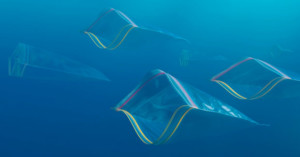
The Pacific Trash Vortex, also known as the "Great Pacific Garbage Patch," is an area the size of Texas in the Pacific ocean in which there's 6 times the amount of plastic as there is natural plankton. Photographer Kim Preston wanted to draw attention to this growing problem, so she shot a series of photographs titled Plastic Pacific that features everyday household plastic objects made to look like the sea life they're choking to death.

Brian McCarty is a photographer who specializes in photographs of toys. He integrates concept and character and is a prominent photographer in the "Art-Toy" movement.
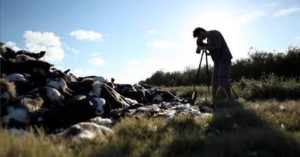
Photographer Chris Jordan uses his photography to bring awareness to a problem that …